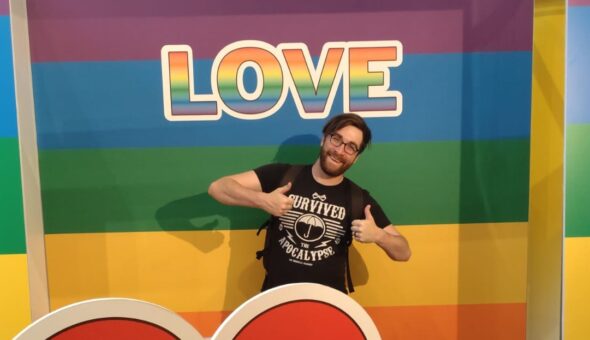As part of our celebrations for the twentieth anniversary of the Centre for Business, Organisations & Society, we hosted a series of three webinars earlier this year looking to the future of the Thinklist. Here are some key takeaways from a selection of our speakers on how they’ve created engagement through their social media profiles.
Dr Alison Taylor (NYU Stern School of Business)
“I wouldn't say this is a firm rule, but it’s almost like the longer you spend curating and planning and thinking about it, the less likely it is to succeed. I think it's best to be quite off the cuff and spontaneous.
“I tend to post in the morning. I wake up, I have coffee, I read the news; I'll have a reaction to something and post that authentic reaction.
“I think the other thing is it's quite important, if you want your post to do well, to engage with the comments and react to what people are saying. I think the algorithm seems to favour two to three paragraphs, but it does seem to know whether you've got a clear opinion and something to say or are just pedalling cliches.”
Professor Andreas Rasche (Copenhagen Business School)
“I love the community feeling and the more civil nature of LinkedIn. I must say, I have broad topics – but within these broad topics, I'm actually quite spontaneous. I don’t sit down in the morning and think, ‘Oh my God, what am I posting about today?’. There are also days where I don't post and that is perfectly fine.
“I think it's a good idea to have maybe an idea about roughly who will engage. For instance, yesterday I posted something on the new competitiveness compass from the EU, and of course I kind of had in mind that this is relevant to quite a lot of people even beyond the sustainability community, because it's a big thing here in Europe.”
Professor Maja Korica (IÉSG School of Management)
“I got on to TikTok and discovered that it's not just stupid dances and that actually, depending on your engagement with it, I was being exposed to so many people who are sharing very meaningfully academic ideas in an interesting, engaging way.
“It's not just the text versus video format, but it's also genuinely different audiences who engage with things in a different way. Conversations flow in a different way; the sort of sociological norms of the platform are slightly different.
“There's this entire kind of world of people who, in my particular case, are not enjoying the world of work – really not enjoying management as a lived experience, both as managers and being managed.
“I just really felt that maybe there was a contribution to be done there, not necessarily as an author, but primarily in that translation space of saying what can we take from our field. We have tonnes of insights around that just are sitting behind these paywalls and gatekept and are difficult to understand, really, unless you're one of us. That was my motivation.”
Professor Thomas Roulet (Cambridge Judge Business School)
“My content that has had the most success was content that was not academic! One of my students is super successful on TikTok, so I said, ‘How do you do it? How did you get to be so successful?’. He has around 50,000 followers.
“He said, ‘You know what you should be doing? You should be doing “one day in the life of Thomas”.’ I did that video, and it's got 10,000 views. It's not very deep. There are some bloopers and funny things in that video, but there is no academic content.
“I don't do a lot of video, but sometimes I just, you know, feel an urge to express myself on TikTok. When I feel that there is something interesting that academics can contribute to a debate, I think, ‘Oh maybe I should do a video’.
“Very often now I think about different media – so sometimes I think about a piece that I might write on my LinkedIn account, and then I'm thinking, ‘Actually this would work well as a video’. I try to create synergies, but really there is no logic.”
Professor Vivek Soundarajan (University of Bath School of Management)
“I started [posting to Instagram] with my mobile phone and basic items to record videos, and I started gradually approaching it scientifically, as well. I immediately I got hooked into it, because my intention was: how can I reach the maximum audience?
“I was thinking too much constantly about l what kind of video I should make, how to promote it… It's not just posting videos, right? In order to create and increase a community, you have to do more than that. You have to engage in various ways, answering questions not just by messages, but also on stories and comments and so on. So the more engagement you get, the more [your content] gets spread. That's how the algorithm works… At some point in in time, it overwhelmed me and that’s when my posts stopped.”
Respond



